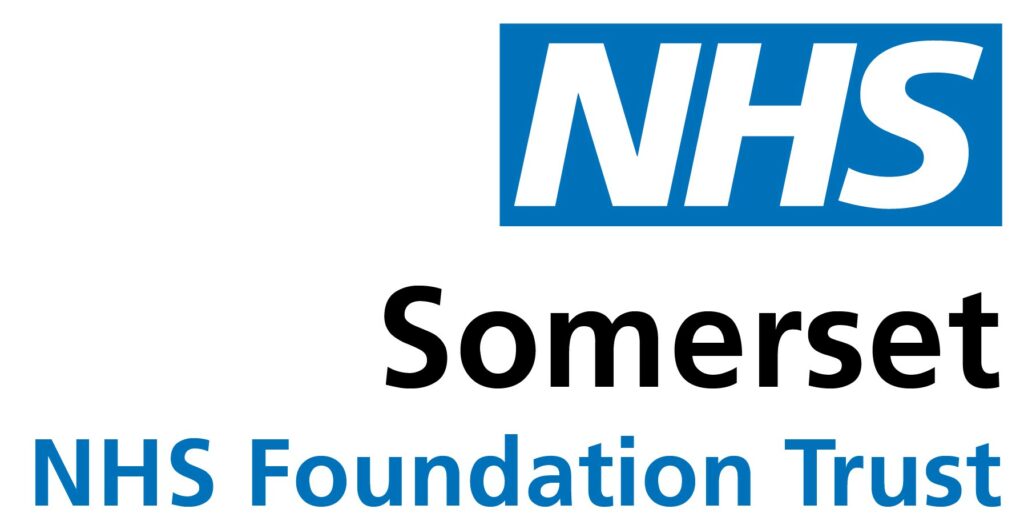You may get joint pains (but not swelling) or chest wall pain, despite normal heart tests. You may also notice headaches which can be anywhere in the head and not necessarily worse at any particular time of day or night.
Any damaged tissue heals within 3 months but sometimes the pain signals continue, even though the cause has gone. We are not entirely sure why COVID-19 can increase pain but we do know that the reasons are complex. Post COVID-19 syndrome pain often doesn’t get better with pain medicines but needs different kind of treatments.


